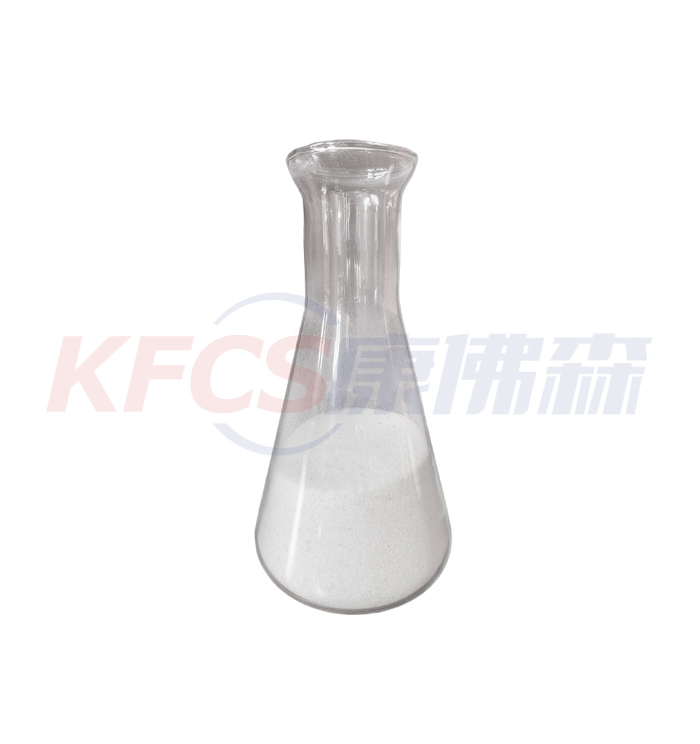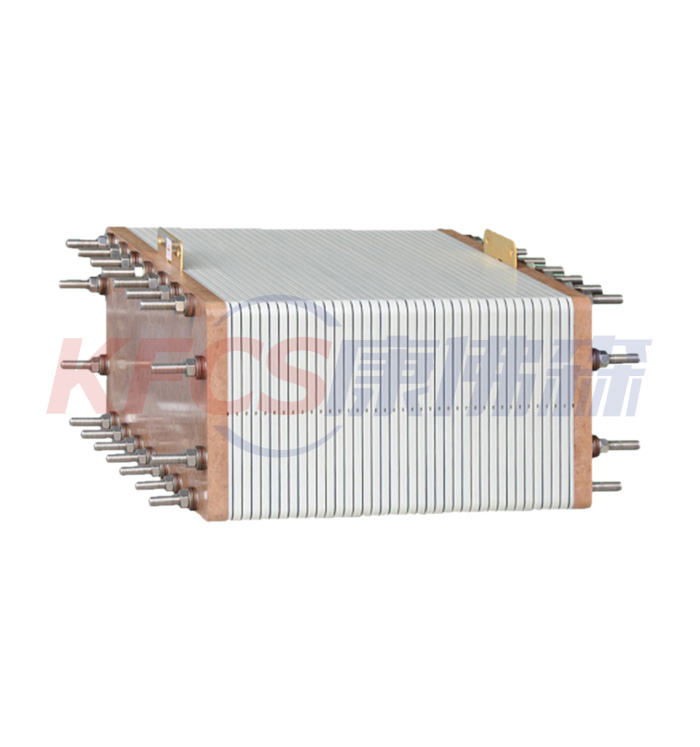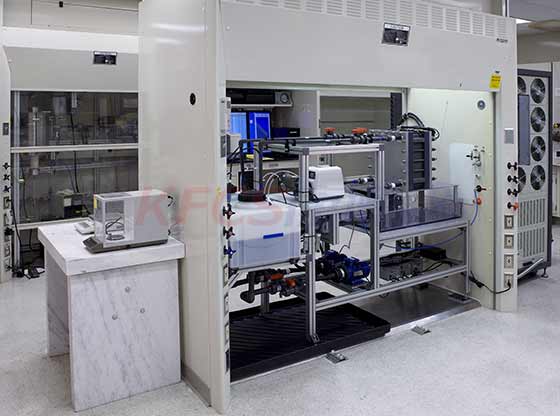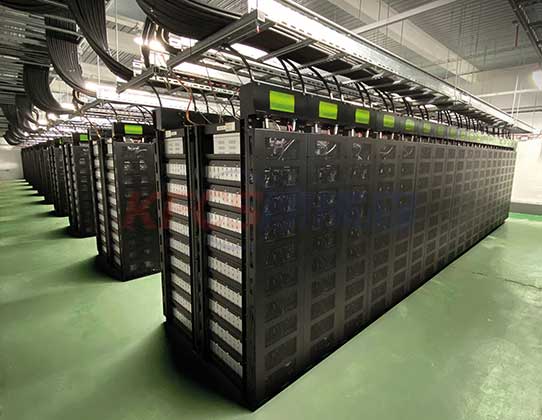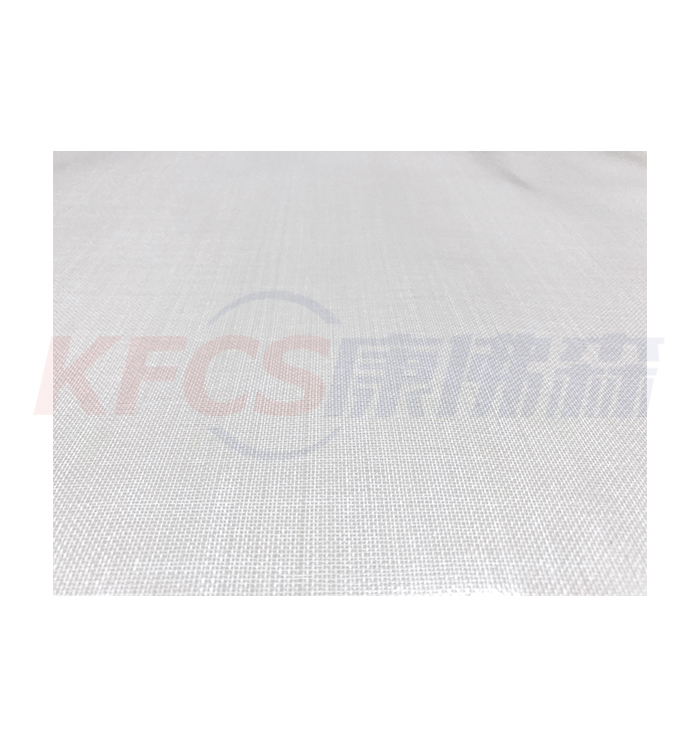Intelligent energy storage system
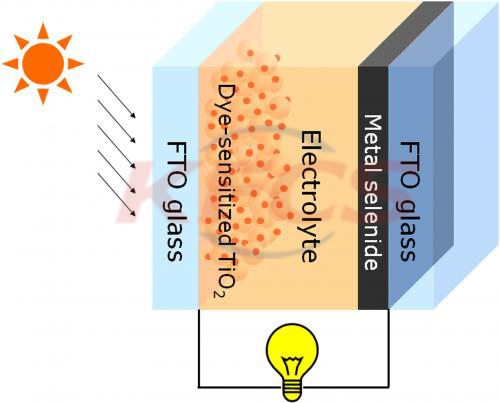
Dye-sensitized solar cells
Dye-sensitized solar cells are mainly a new type of solar cells developed by imitating the principle of photosynthesis.
Its main advantages are: abundant raw materials, low cost and relatively simple process technology, which have great advantages in large-scale industrial production. At the same time, all raw materials and production processes are non-toxic and non-polluting, and some materials can be fully recycled. , which is of great significance to the protection of the human environment. Since the research group led by Prof. M. Grtzel of Lausanne High Technology (EPFL) in Switzerland made a breakthrough in this technology in 1991, developed countries such as Europe, the United States and Japan have invested a lot of money in research and development.
Structure and composition
It is mainly composed of nanoporous semiconductor films, dye sensitizers, redox electrolytes, counter electrodes and conductive substrates. Nanoporous semiconductor thin films are usually metal oxides (TiO2, SnO2, ZnO, etc.), which are aggregated on a glass plate with a transparent conductive film as the negative electrode of DSC. As the reduction catalyst, the counter electrode is usually plated with platinum on glass with a transparent conductive film. The sensitizing dyes are adsorbed on the surface of the nanoporous TiO2 membrane. The positive and negative electrodes are filled with an electrolyte containing redox pairs, the most commonly used being I3-/I-.
(1) The dye molecule transitions from the ground state to the excited state after being irradiated by sunlight;
(2) The dye molecule in the excited state injects electrons into the conduction band of the semiconductor;
(3) The electrons diffuse to the conductive substrate and then flow into the external circuit;
⑷ The dye in the oxidized state is reduced and regenerated by the electrolyte in the reduced state;
⑸ The electrolyte in the oxidized state is reduced after the counter electrode accepts electrons, thus completing a cycle;
⑹ and ⑺ are the recombination between the electrons injected into the conduction band of TiO2 and the oxidation state dye and the recombination between the electrons on the conduction band and the oxidation state electrolyte, respectively.
The research results show that only the sensitizer molecules very close to the surface of TiO2 can successfully inject electrons into the conduction band of TiO2, and the adsorption of multilayer sensitizers will hinder the electron transport. Tightly bound, preferably chemisorbed to the electrode; the spectral response range and quantum yield of the dye molecules are the key factors affecting the photon capture amount of the DSC. So far, the transport mechanism of electrons in dye-sensitized TiO2 nanocrystal electrodes is not very clear. There are the tunneling mechanism of Weller et al. and the diffusion model of Lindquist et al., which need to be further studied.
Features
DSC has the following advantages over traditional solar cells:
⑴Long service life: the service life can reach 15-20 years;
(2) Simple structure, easy to manufacture, simple production process, easy to large-scale industrial production;
(3) The preparation of batteries consumes less energy and the energy recovery period is short;
(4) The production cost is relatively low, only 1/5 to 1/10 of that of silicon solar cells.
⑸ Non-toxic and pollution-free in the production process;
After just over ten years, the research of dye-sensitized solar cells has made great progress in dyes, electrodes, electrolytes and other aspects. At the same time, there is still a lot of room for development in terms of high efficiency, stability, durability, etc. But to make it industrialize and serve mankind, it still needs the joint efforts of scientific researchers from all over the world.
This new type of solar cell has a wider range of uses than silicon cells: for example, plastic or metal sheets can be used to make them lightweight and thin; various colorful dyes can be used to make them colorful; in addition, they can also be designed into various The shape of the solar cell makes it diverse. In a word, dye-sensitized nanocrystalline solar cells have very broad industrialization prospects, and are new types of solar cells with very broad application prospects. It is believed that in the near future, dye-sensitized solar cells will enter our lives.
About News
- U.S. to investigate PV modules in four Southeast Asian countries
- The basic principle of all-vanadium redox flow battery
- 500MW! Sweden's OX2 acquires Greek wind and solar projects
- VFB-125kW all-vanadium liquid flow energy storage system
- Lithium battery processing equipment is used for crushing device for scrapped lithium ion power battery
- Classification of vanadium batteries
- New progress in lithium-sulfur battery research: special sulfides do not react with carbonate electrolytes
- Vanadium Redox Battery 24V 33ah Rechargeable
- Application of all-vanadium redox flow battery
- Industrial chain of power battery recycling
Products


